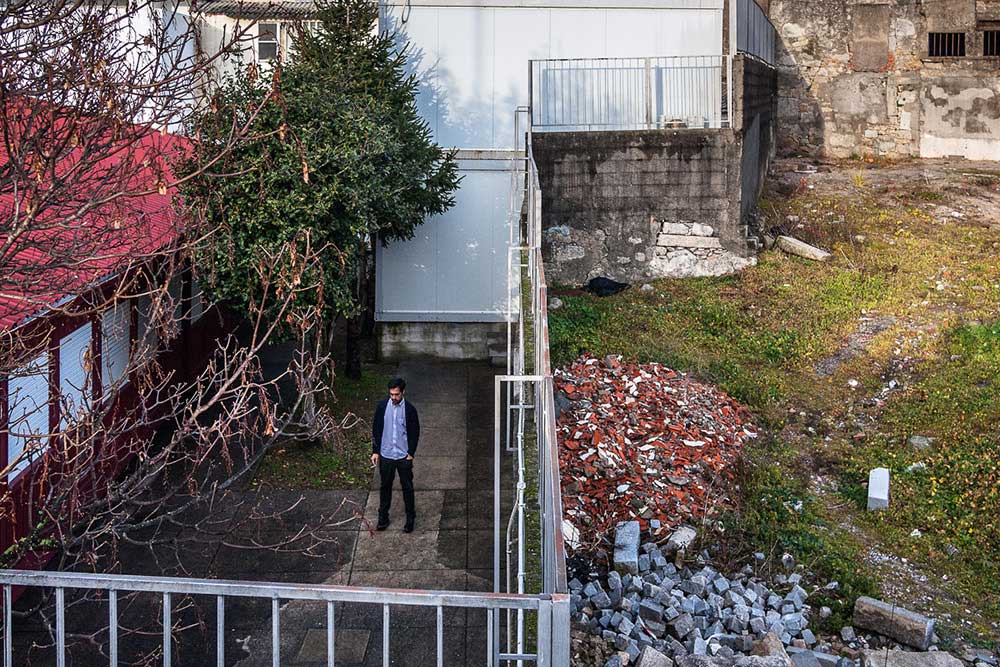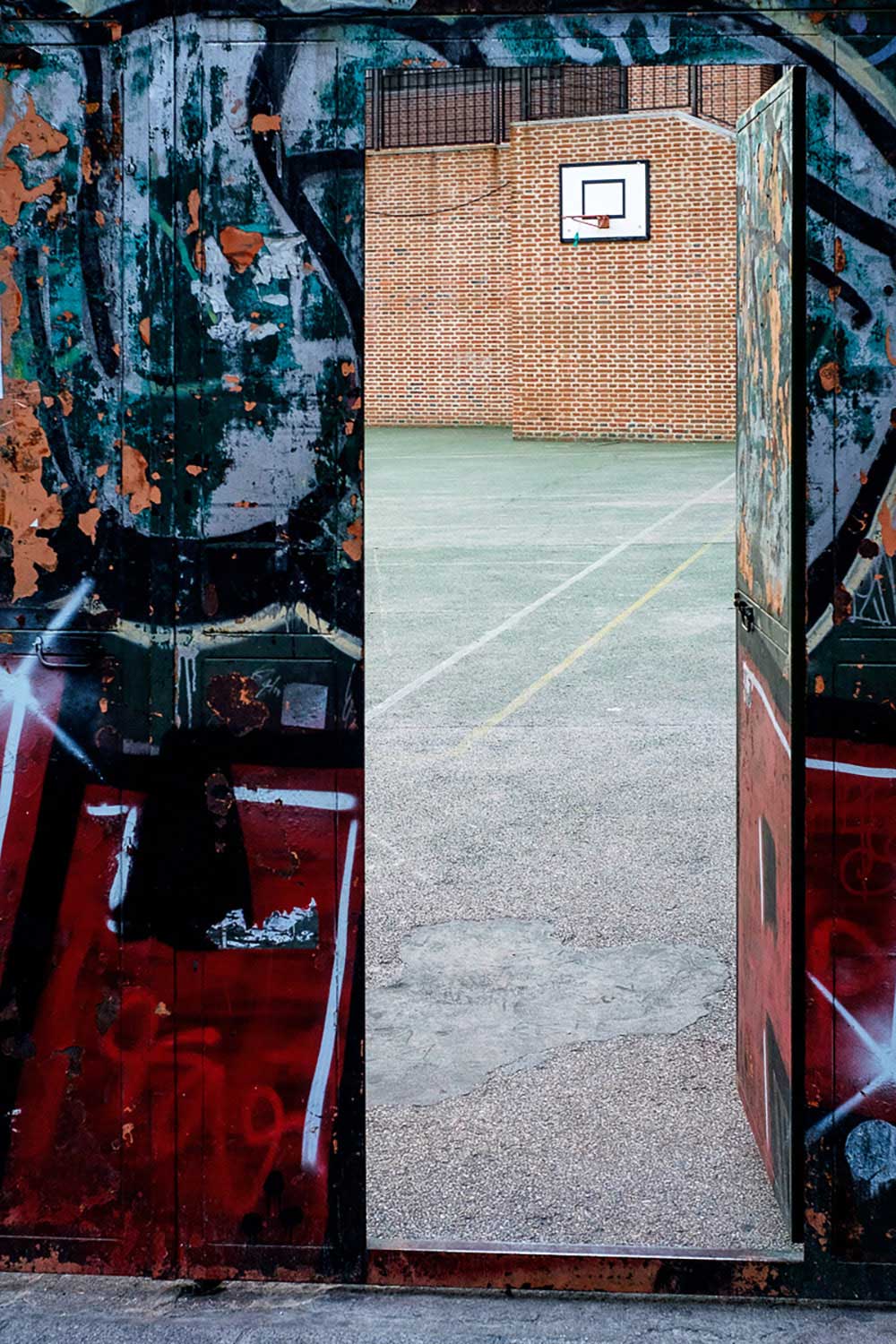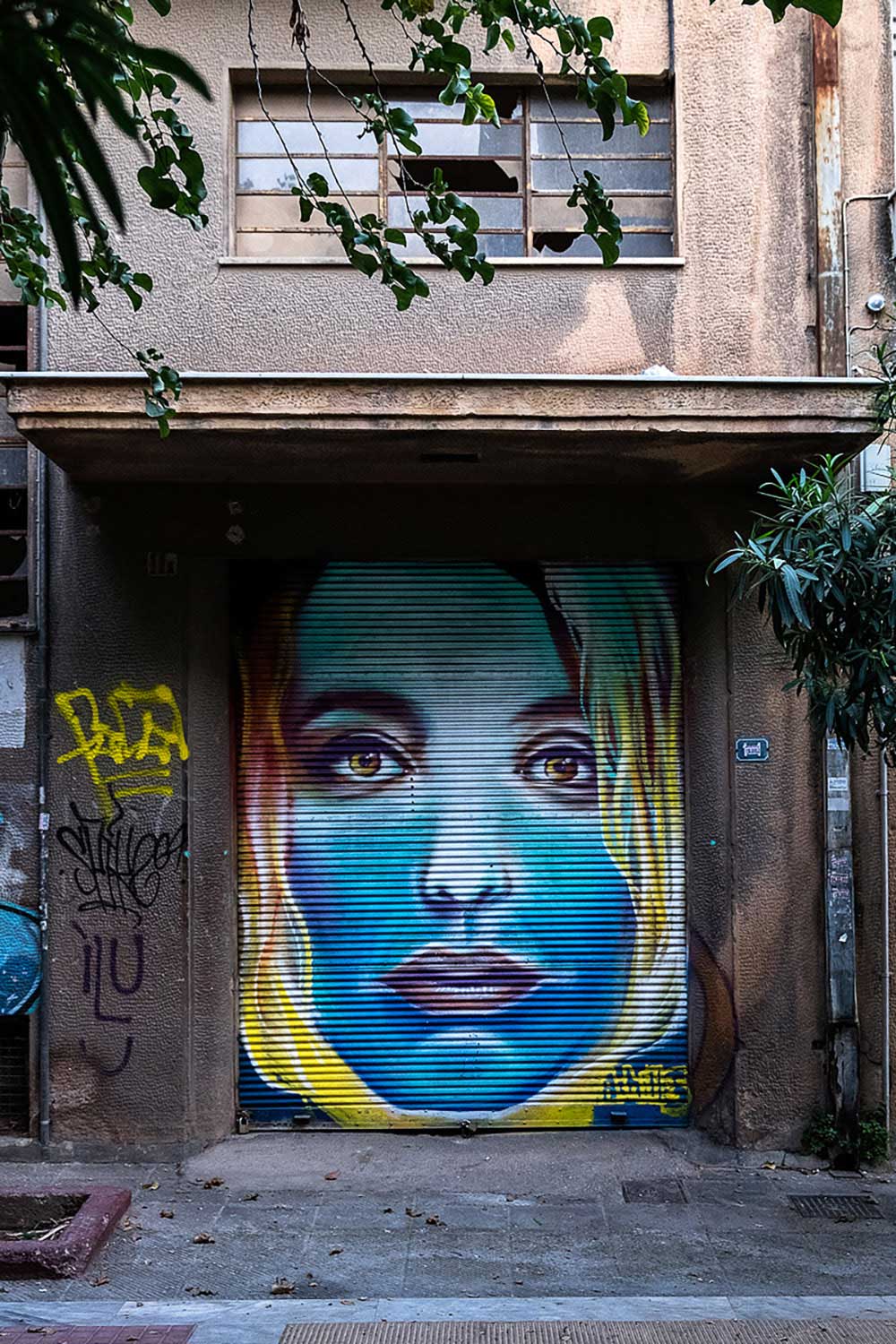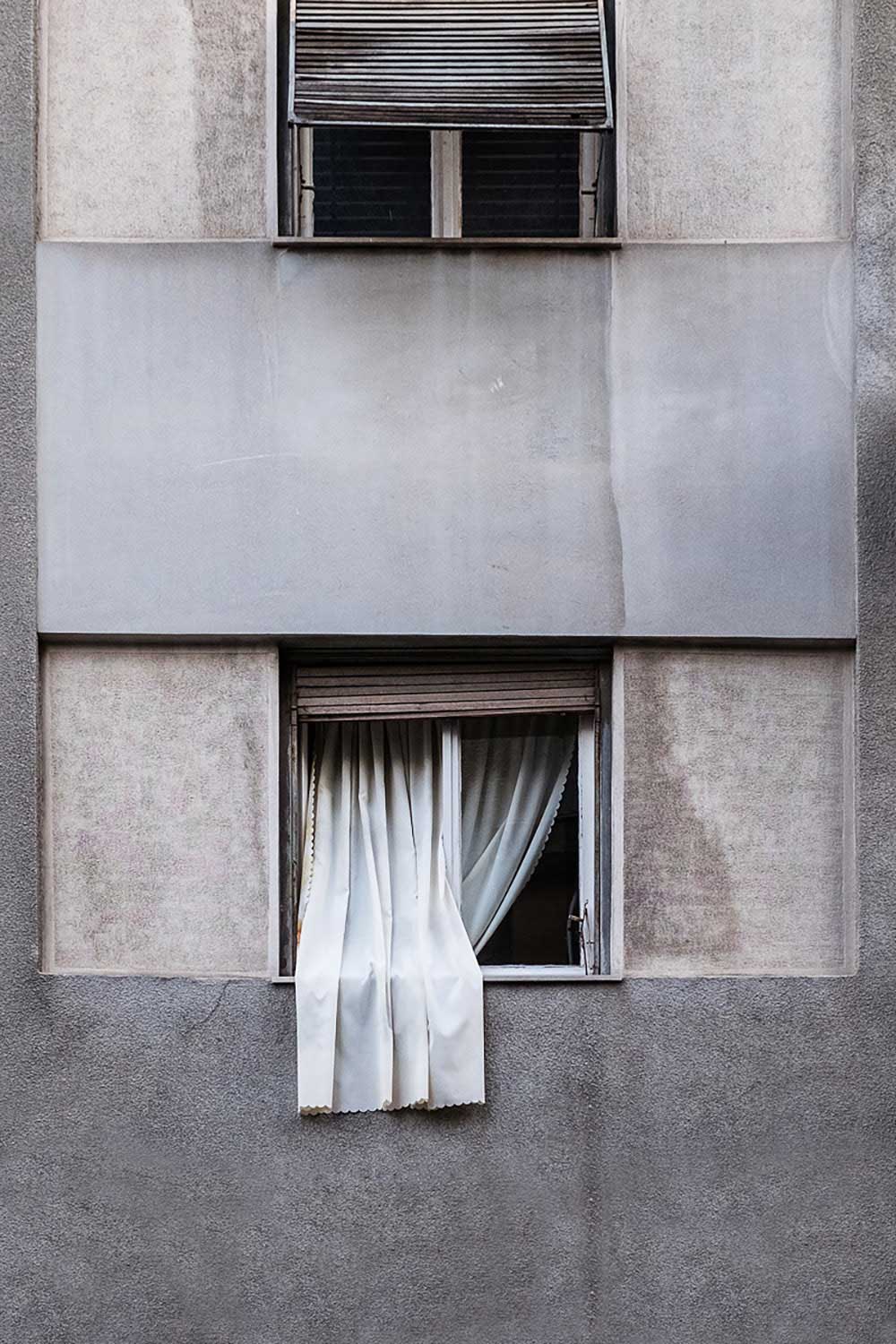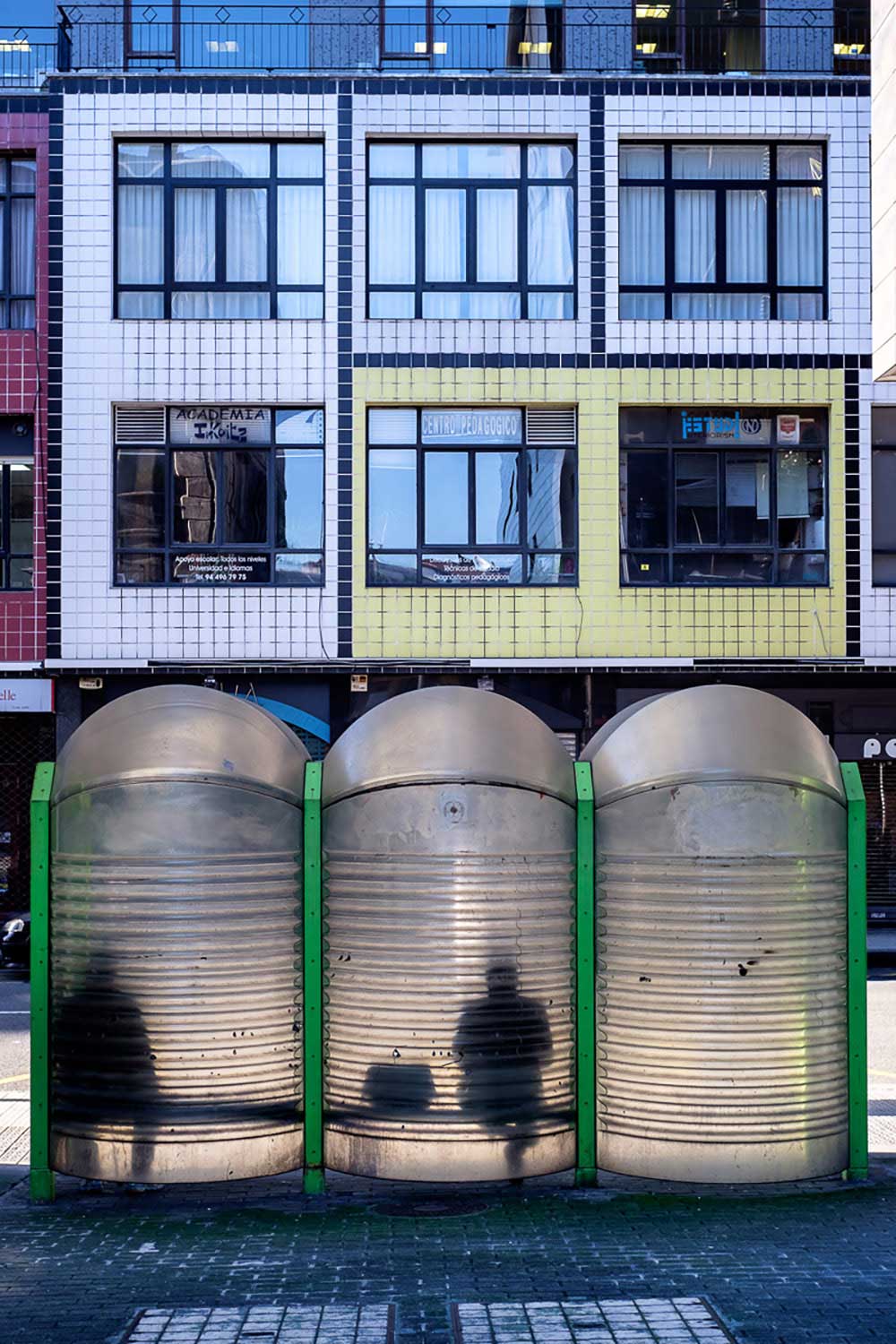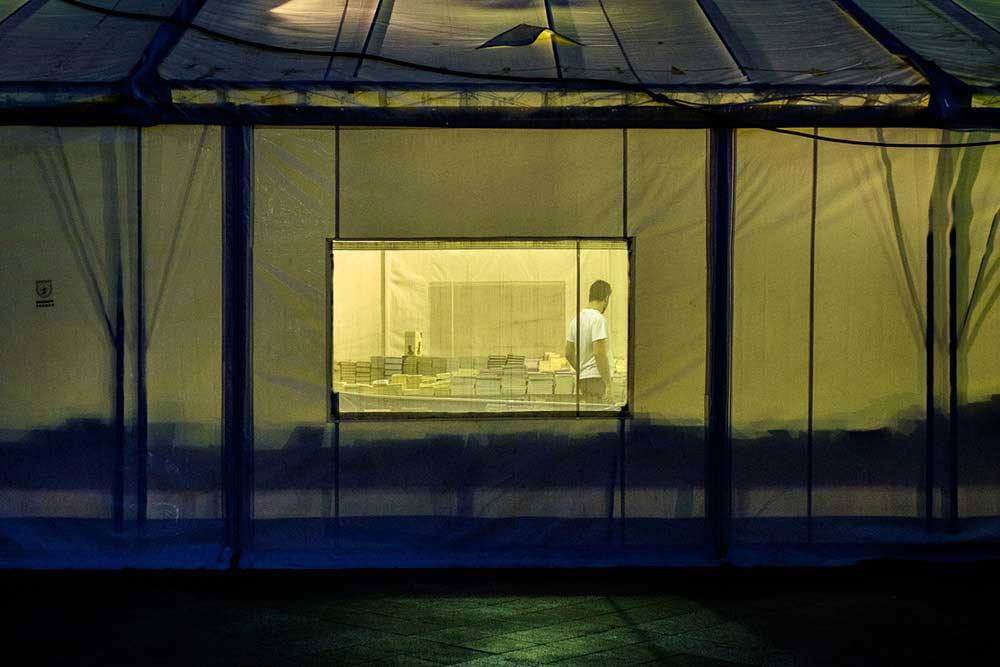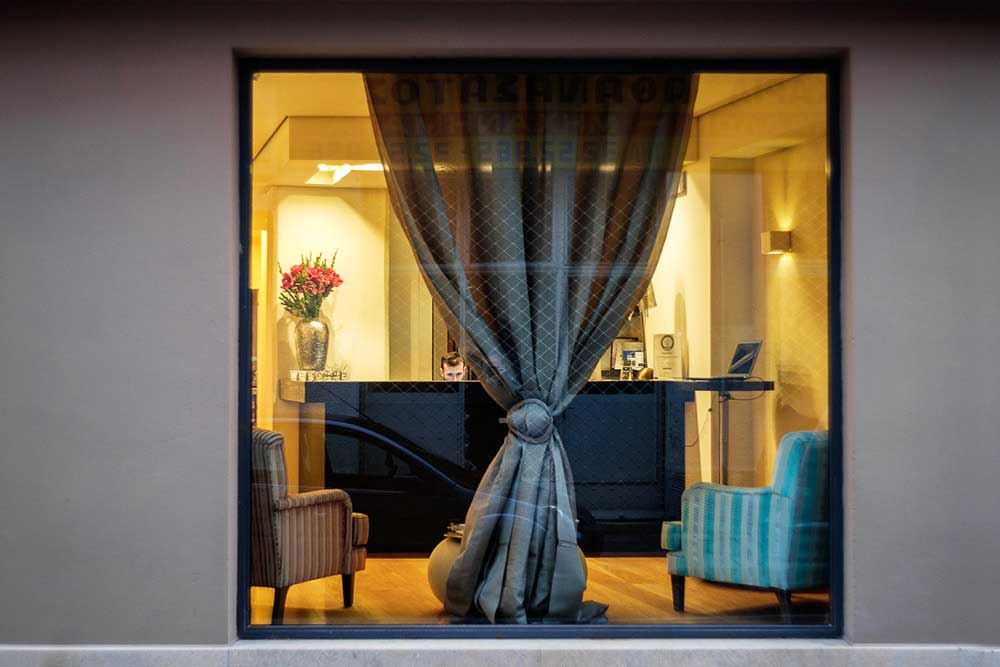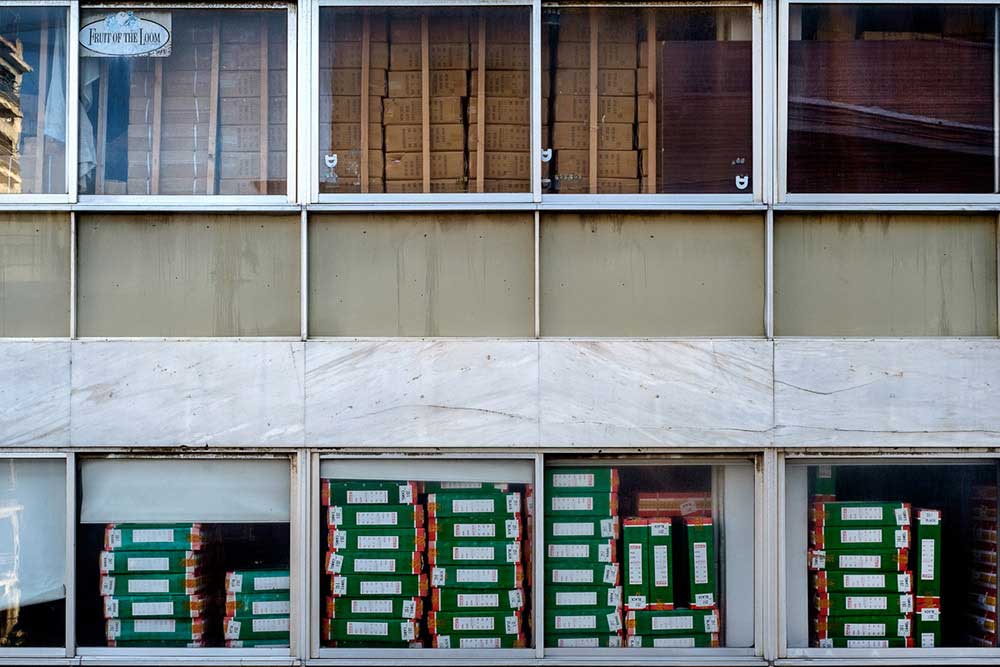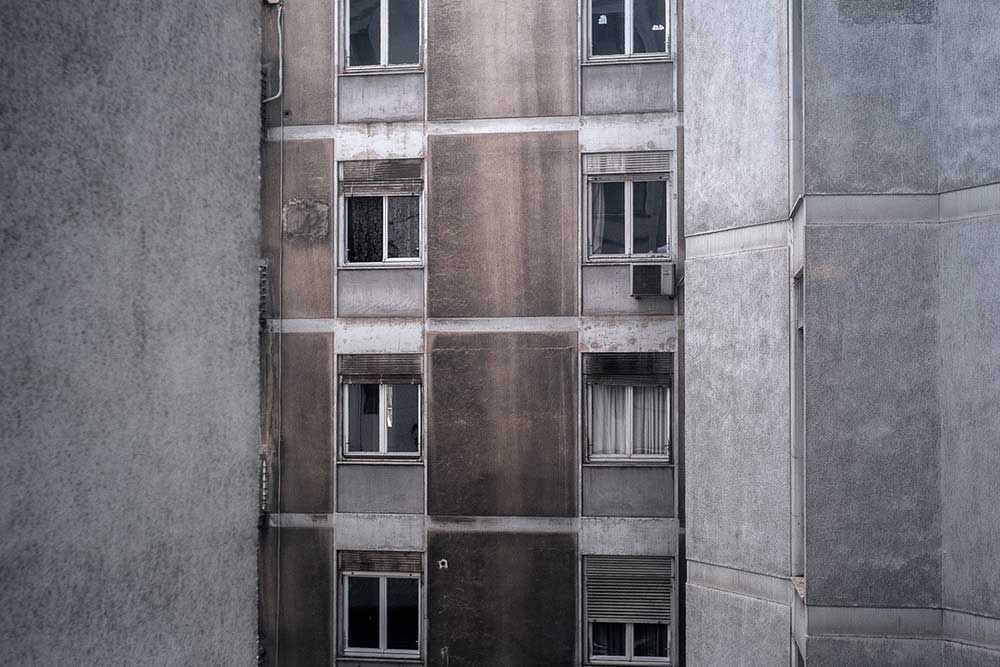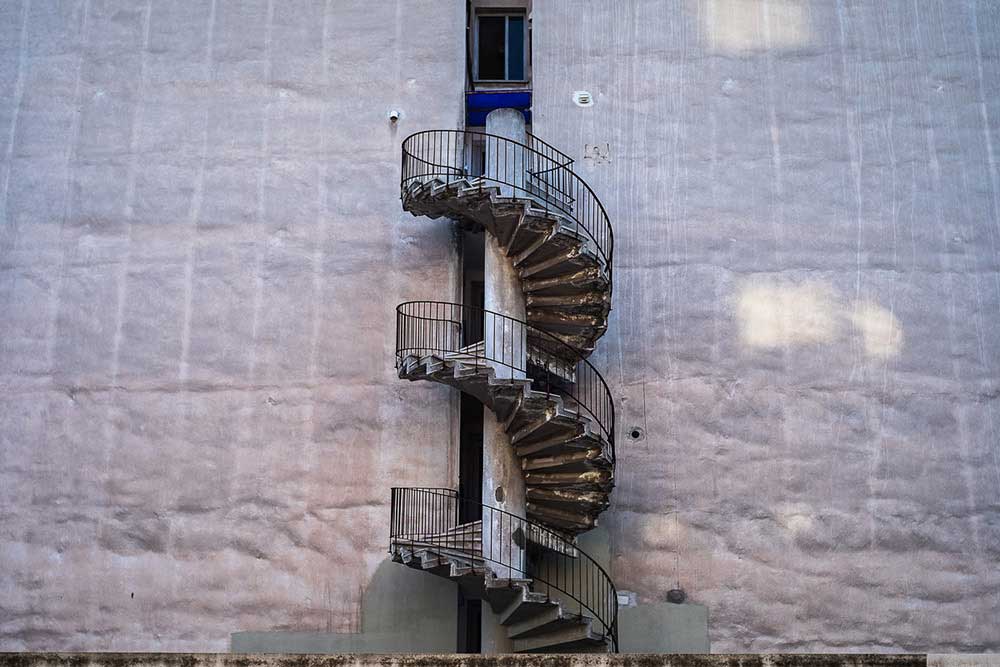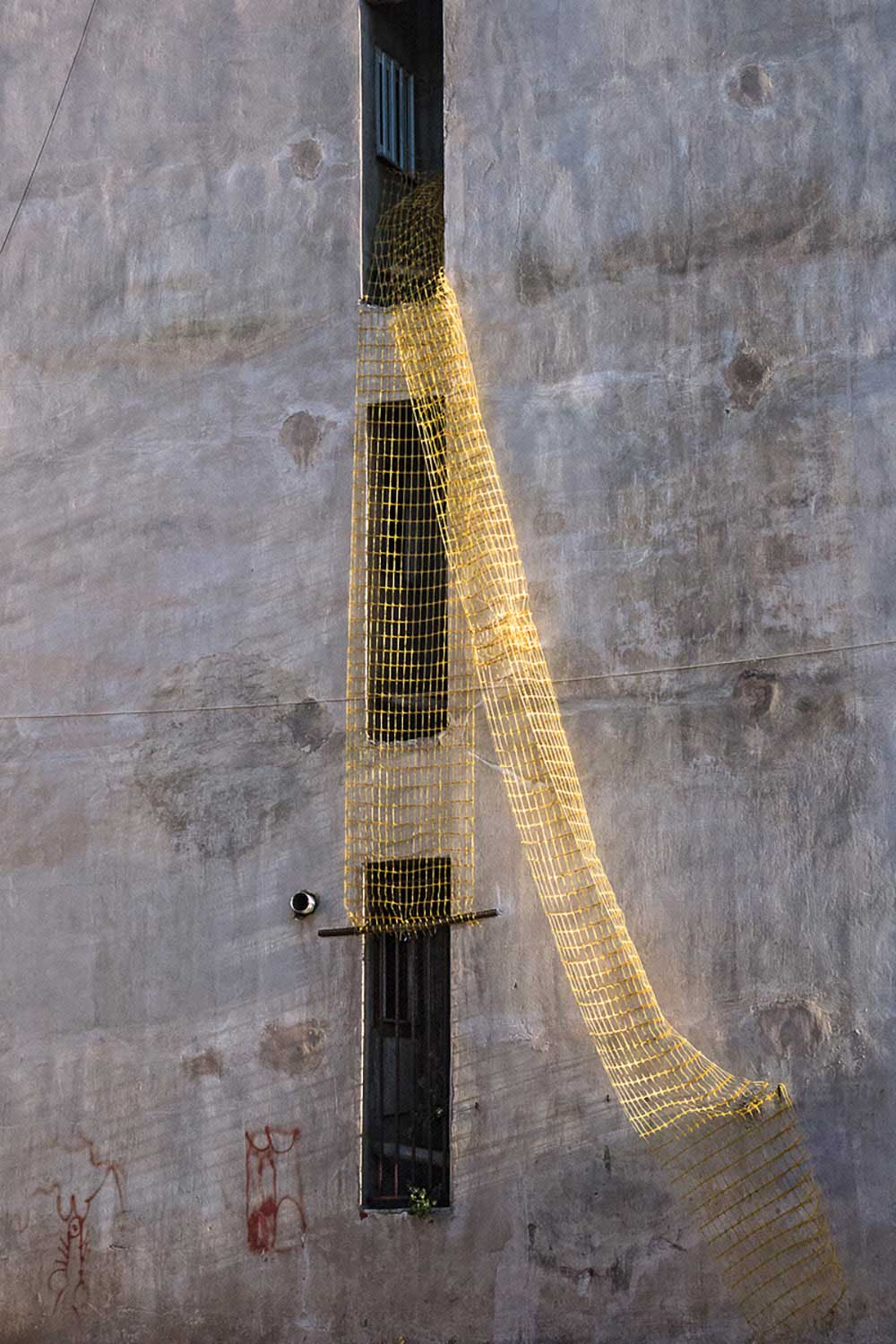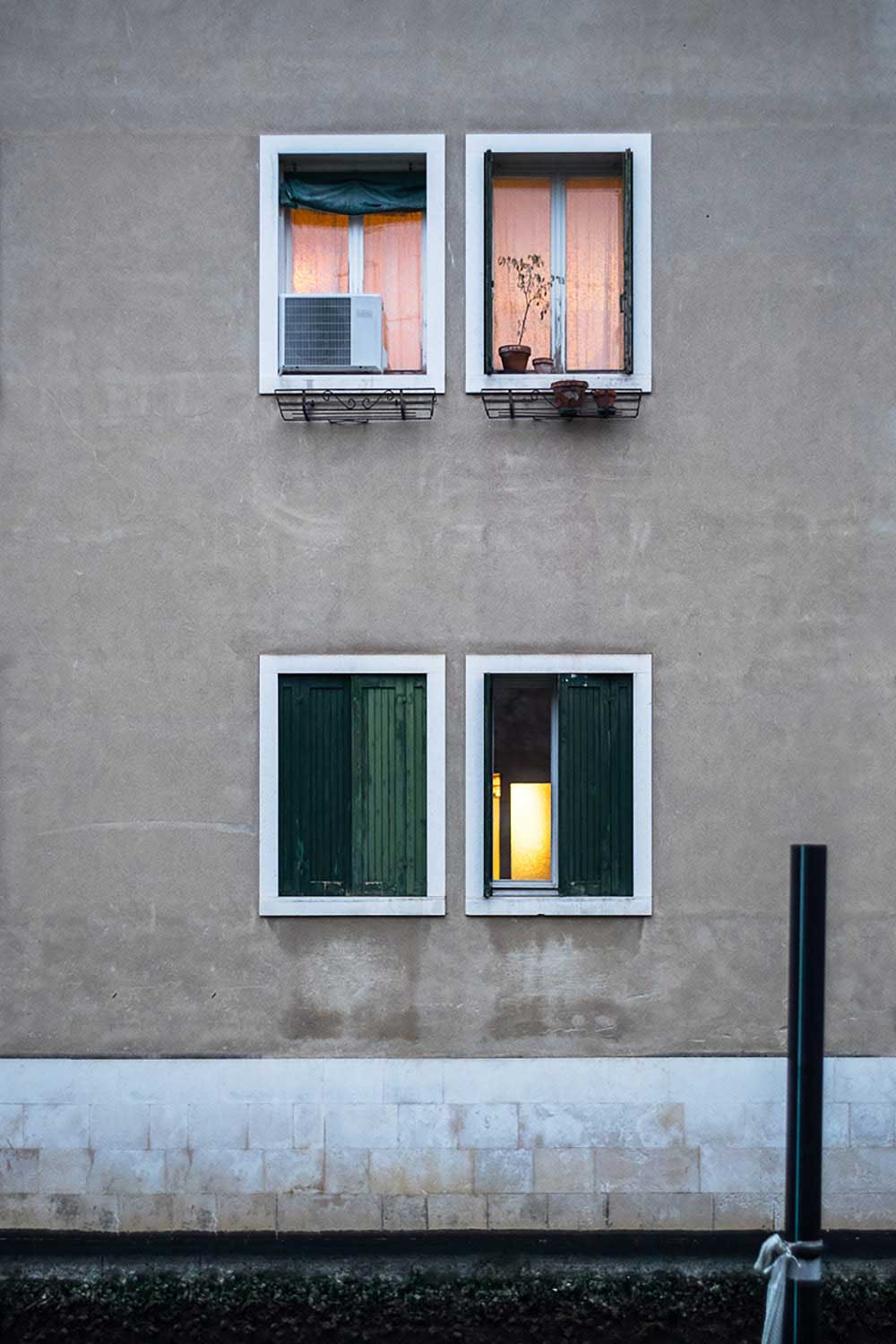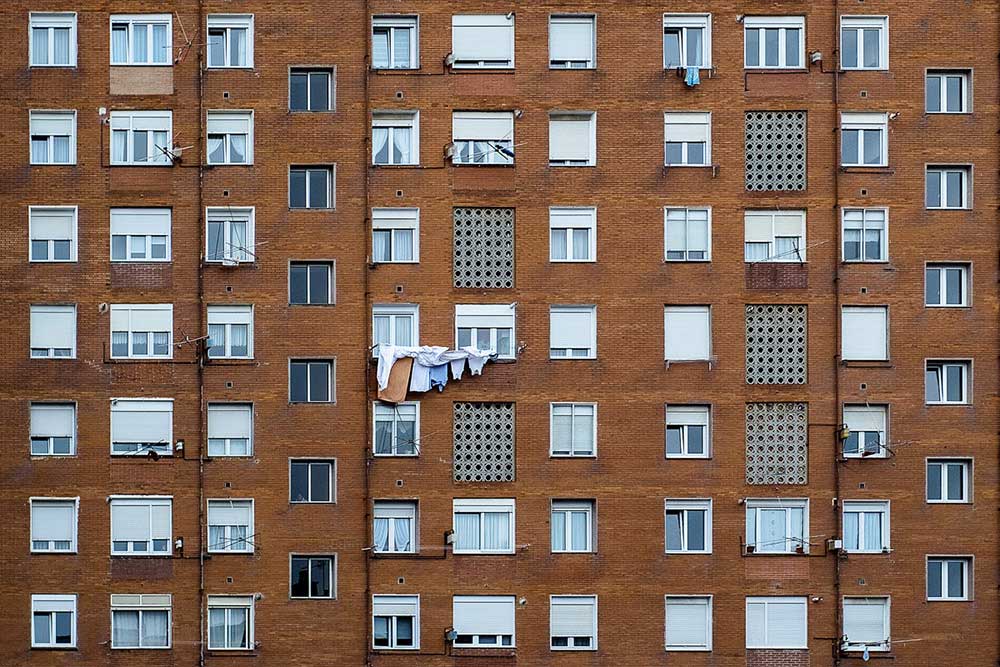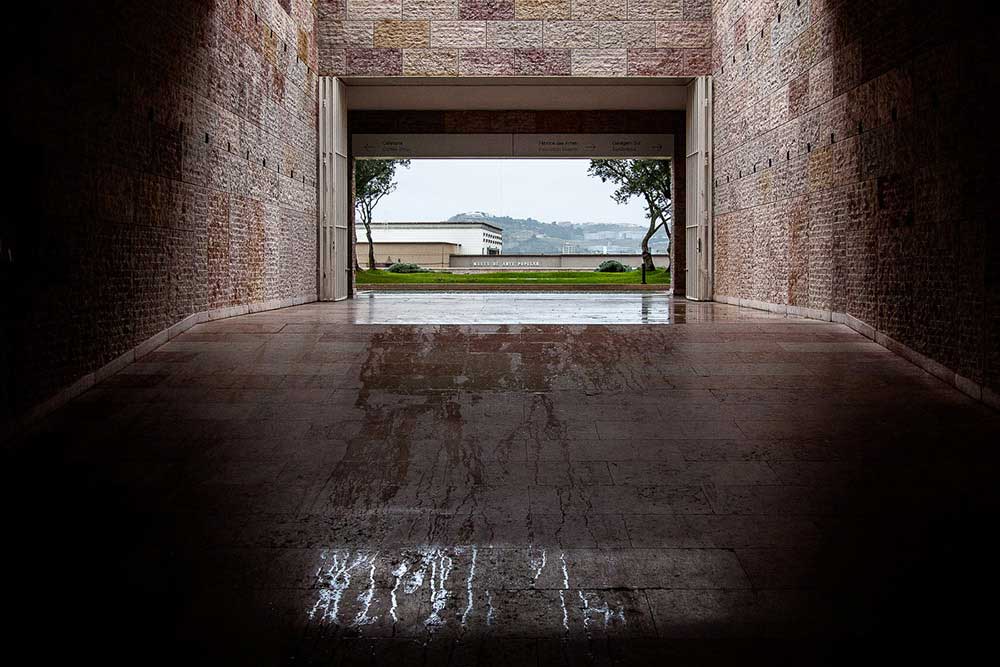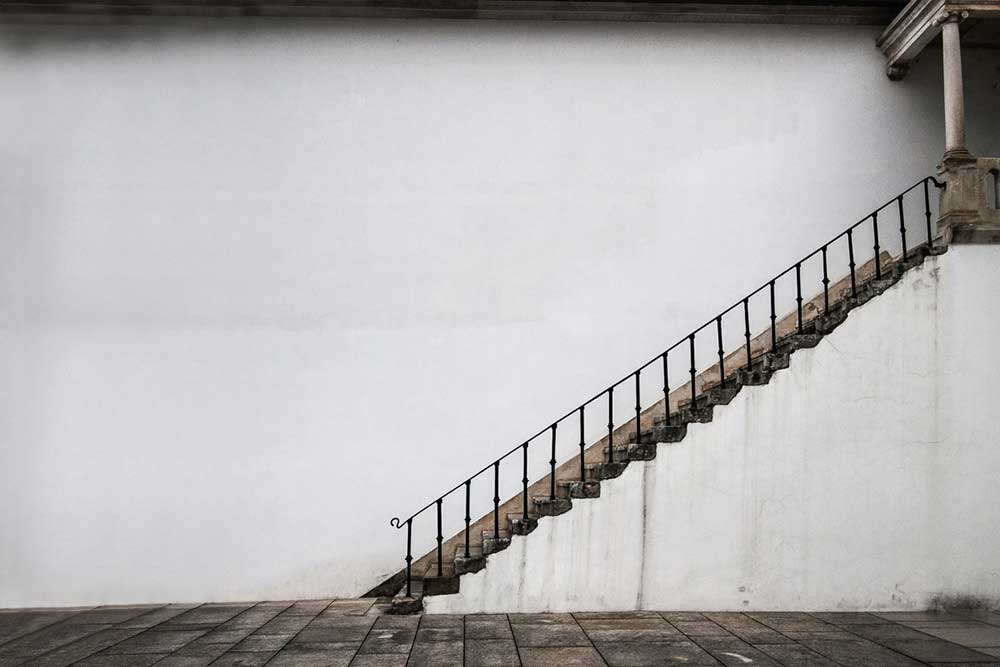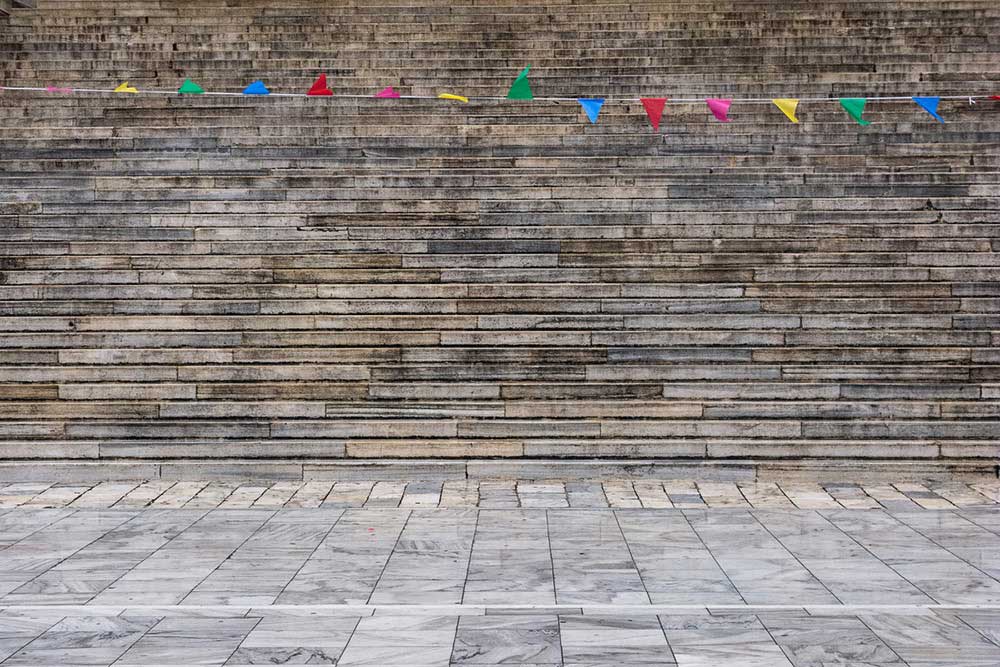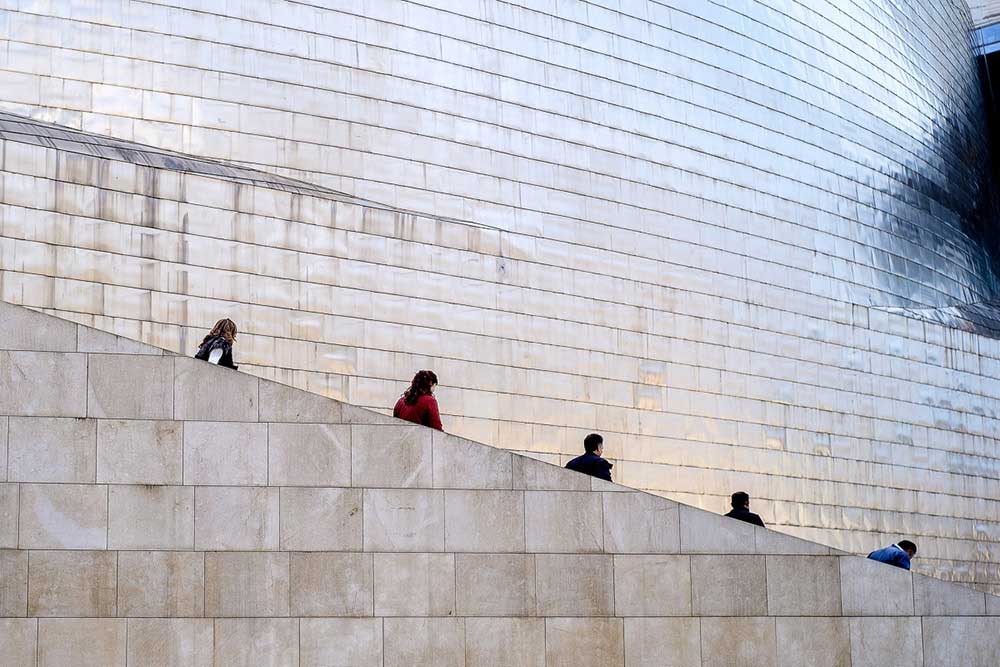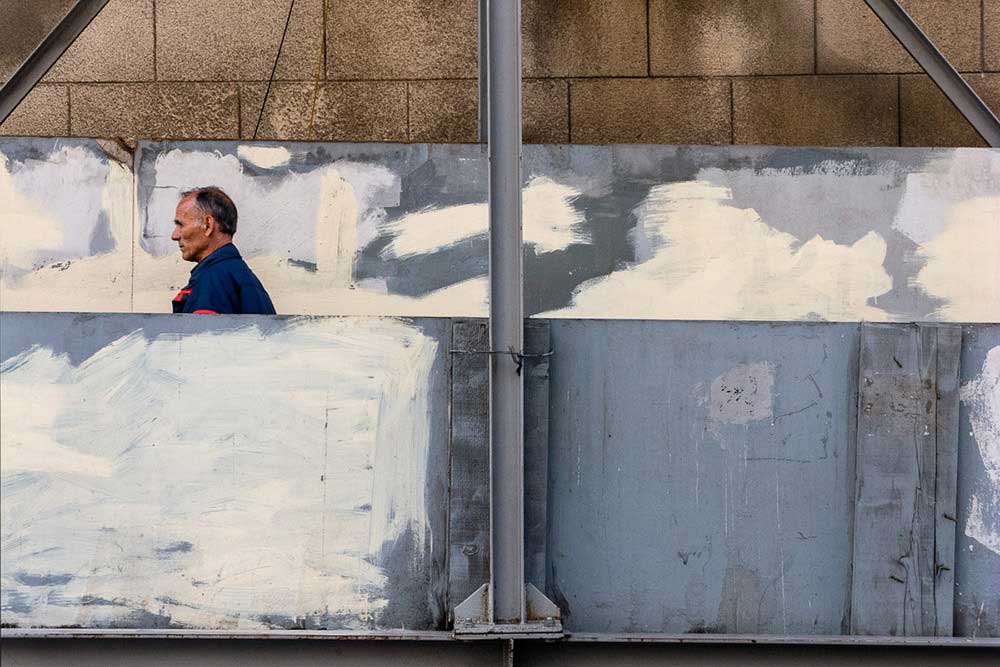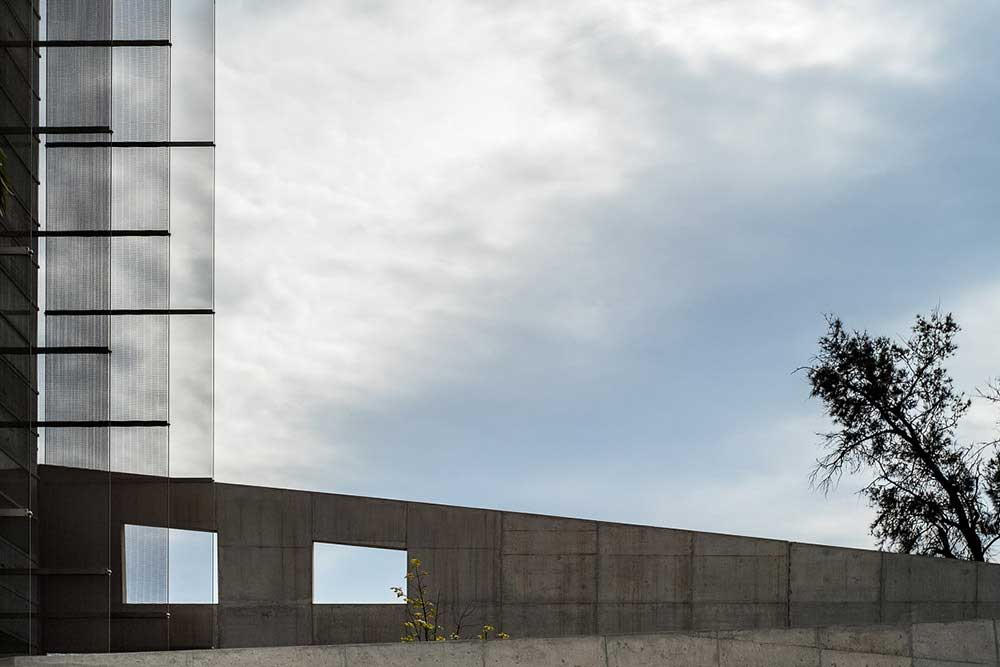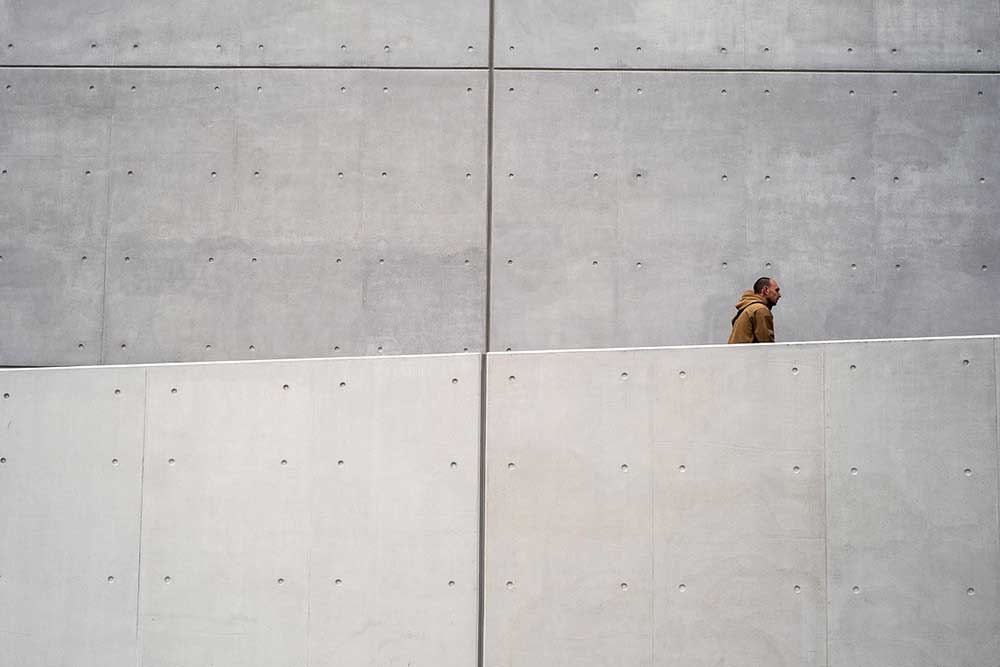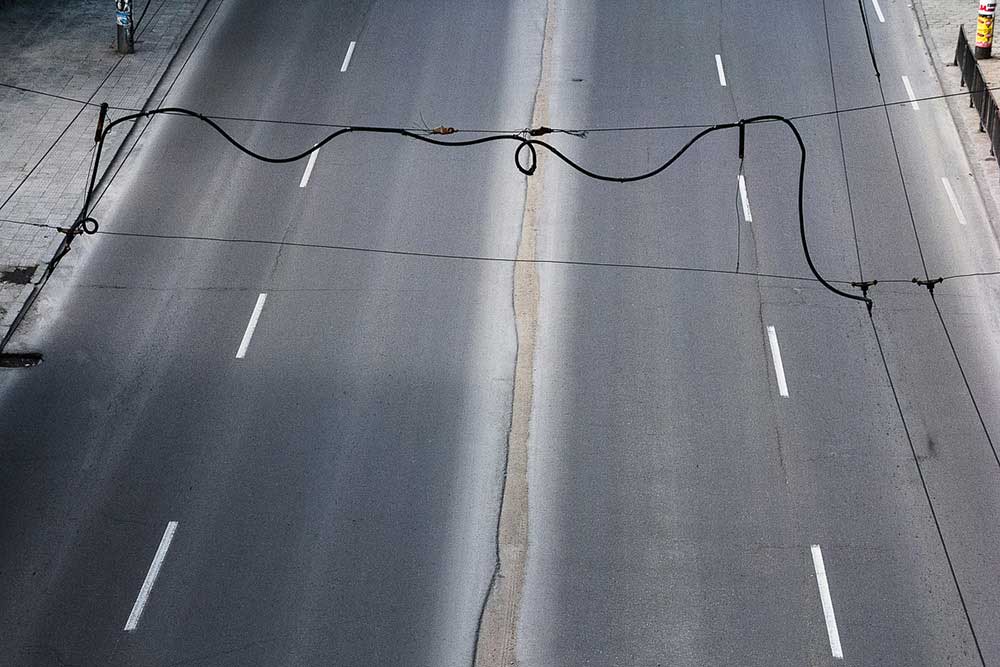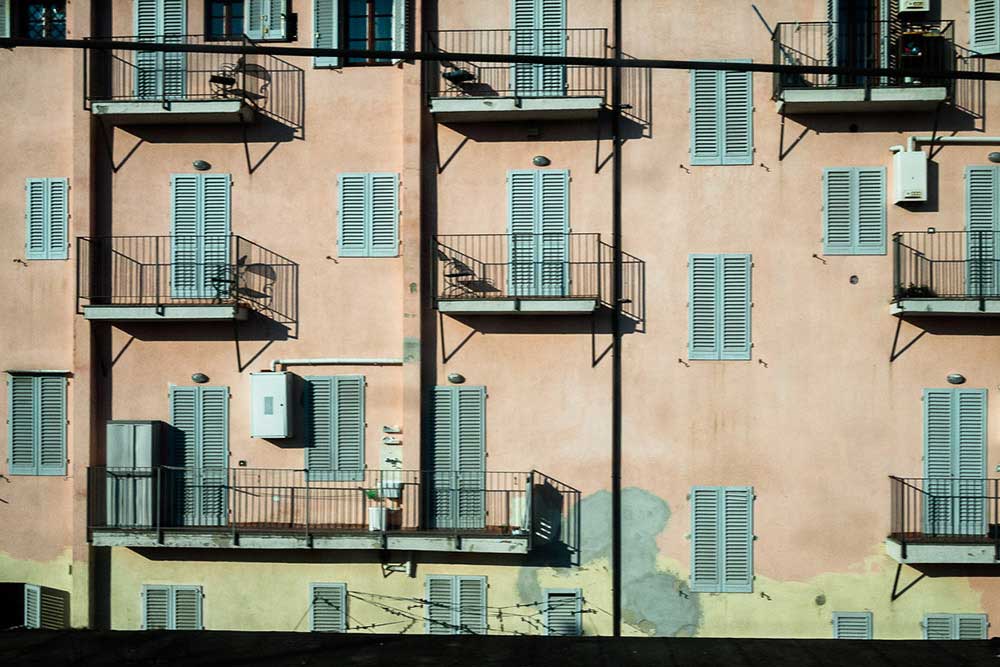The photographs depict the urban landscape as a metaphor of stagnation or of a correlated psychological state.
Architectural structures are strict, the third dimension almost disappears, space is treated almost like a geometrical projection, people –when present- come into view suffocatingly enclosed by stringent form, which leaves no potential escape. Still, some elements of the photographs (soft light, smoke, a gesture) could make the thought of an alternative way-out possible.
As Marios Sofokleous states in his introductory text: (…) you are exposed to the irremediable light of a stale and completely forsaken material. This irremediability constitutes the monogram that Akis Detsis’ photographs trace on things. Irremediability means that these things are destined to their being-as-they-are without any compensation, or more accurately to their only being-as-they-are (…).
Within such a project of world reconnaissance, the body (or better yet the absence of the body) and the objects acquire a leading role. The skin is our first boundary and contact point with the world, but the objects that surround us daily and are in a position to know so much about us are what can spring at us anytime in the most violent manner just in order to imitate that pause that covers the absence among us. This implies that necessity and potentiality, those two cruxes of western thinking, disappear in this post-crisis world of Detsis. His world is now and forever necessarily potential and potentially necessary. Between the “not-being-able-of-not- being” dictated by the demand of necessity and the “being-able-of-being” that dictates the oscillating potentiality, all natural elements as well as all human creations presented here seem to be enjoying an unimpeachable fall, while something like a cosmic halo is hovering above them. (…) [Official Website]
